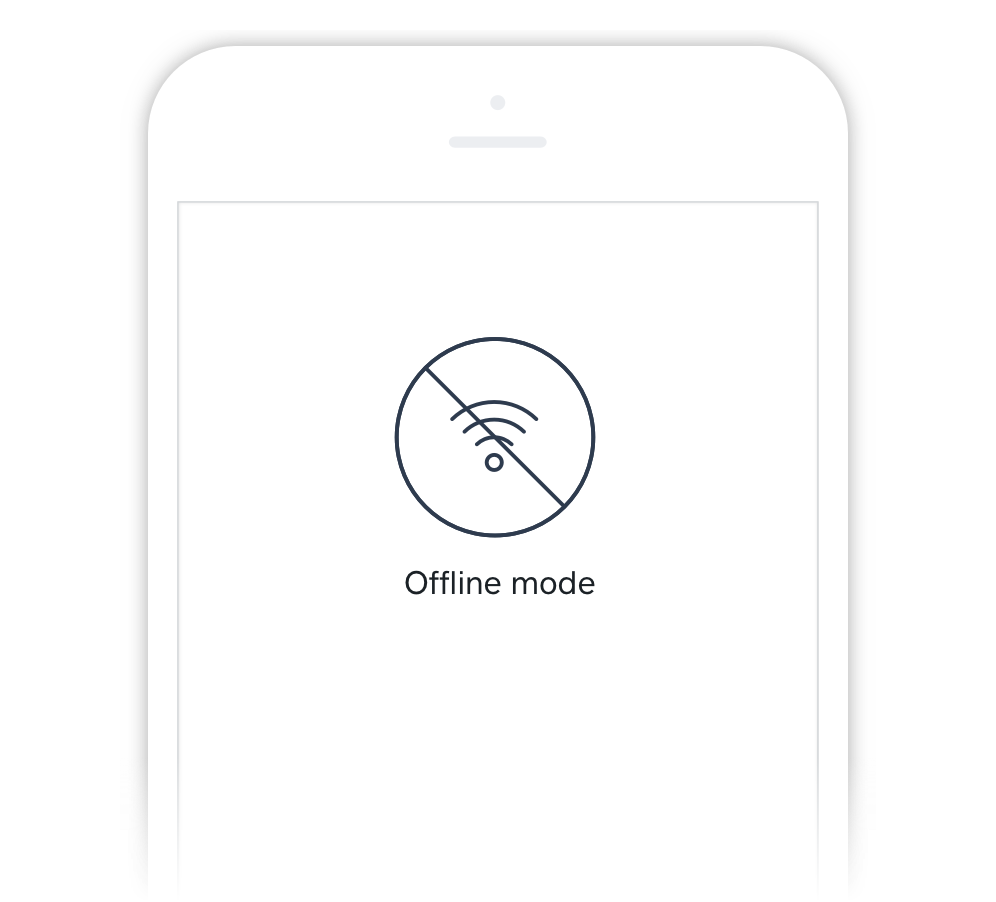
Paying for stuff by swiping a card with a magnetic stripe is hardly dead, but it’s officially a legacy technology. The company began taking preorders in November, and is now fully ramped up and selling readers for immediate shipment.

There has to be a way for my space and your space to be mediated.” In other words, designing a new reader wasn’t just about reacting to a technological shift there were social implications as well.Īfter unveiling the reader last June, Square gradually rolled it out, at first in beta-test mode. You’re not going to hand your phone to me. “The NFC interaction is more about, you control your phone and watch.

“The idea that you’d be tapping my phone with your phone just didn’t ring true to us,” says Jesse Dorogusker, Square’s hardware lead since 2011 and, in a previous life, Apple’s engineering honcho for iPhone, iPad, and iPod accessories. Rather than involving swiping or dipping a card, they let you tap your device to pay, using NFC, a technology which has been around for years and is embedded in some cards, but which didn’t matter much until Apple Pay and its competitors arrived.

The new standalone design was prompted in part by yet another new way to pay for stuff: mobile payment services such as Apple Pay and Google’s Android Pay. Unlike previous evolutions of the reader, this one was a striking departure–a much larger, 2.6″ square slab of a gadget which connected to phones via Bluetooth, not the headphone jack, allowing customers to interact with it themselves rather than handing their cards to a merchant.


 0 kommentar(er)
0 kommentar(er)
